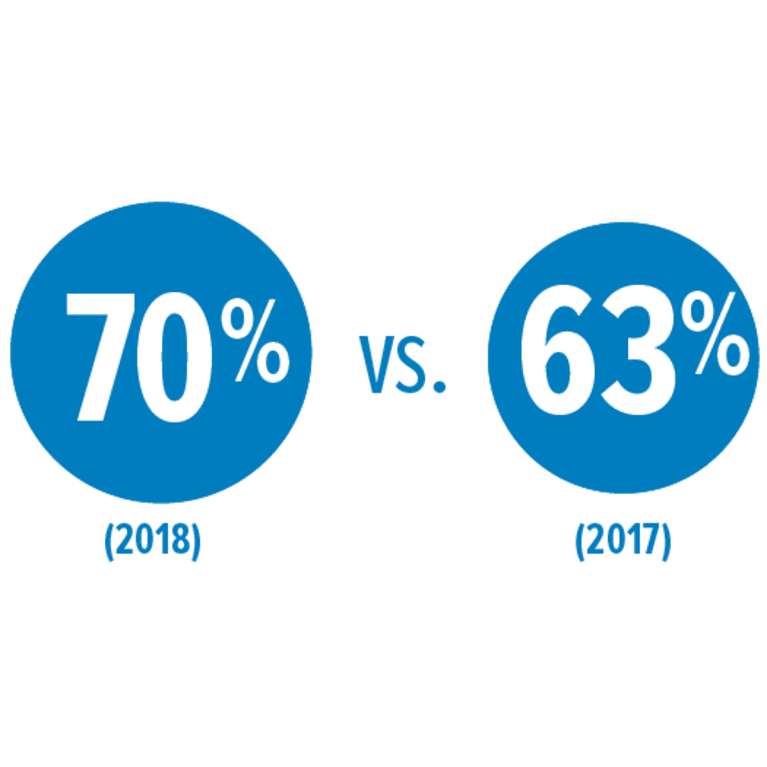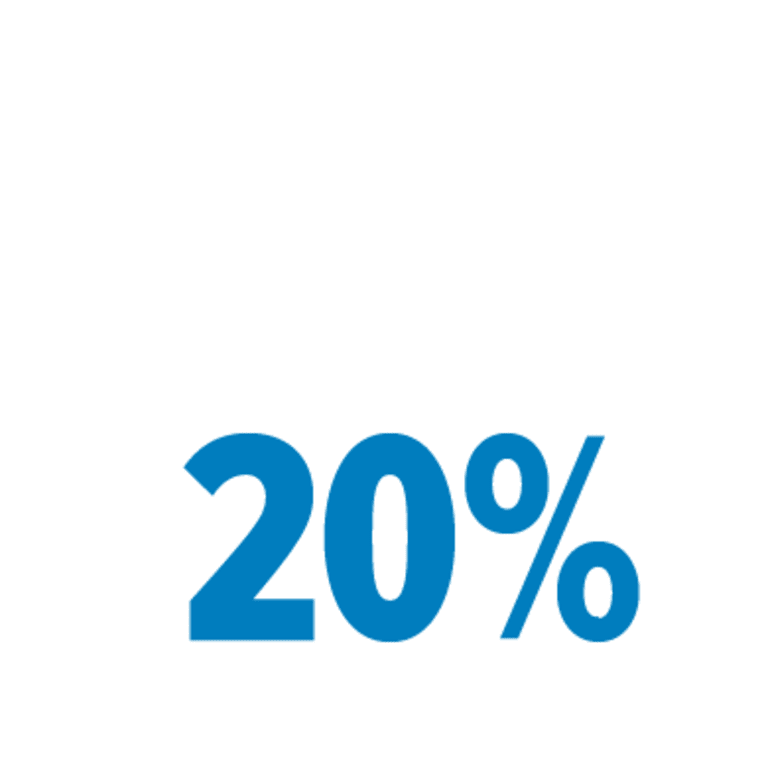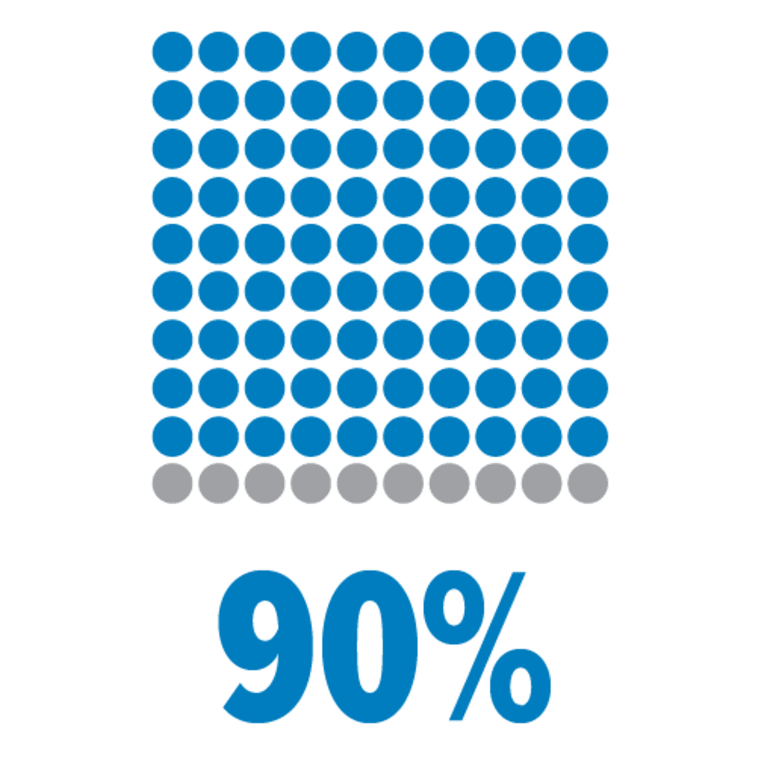Introduction
Heather Barker, SHRM-CP, knows firsthand how hard it can be to find qualified workers to fill critical jobs. As HR director at TGS, an energy geosciences data firm in Houston, Barker recalls interviewing a promising candidate for a data science position one Friday. He was scheduled to return for a second interview the following Monday. But by then, he was off the market. An outside recruiter e-mailed Barker on Sunday night, saying the prospect had accepted an offer from another company after interviewing there for the first time on the same day he came to TGS.
 “I lost the candidate the same afternoon we interviewed him,” Barker says. While she eventually filled the position, her team had to be ready to make an offer on the spot, which was unusual for a business accustomed to bringing in candidates for three rounds of interviews.
“I lost the candidate the same afternoon we interviewed him,” Barker says. While she eventually filled the position, her team had to be ready to make an offer on the spot, which was unusual for a business accustomed to bringing in candidates for three rounds of interviews.
U.S. businesses across industries are in the same predicament. Low unemployment, high demand for hard-to-find workers and an onslaught of Baby Boomer retirements have made recruiting considerably more difficult than it has been in recent years. As a result, savvy HR professionals are embracing tactics to expand their applicant pool beyond their own backyards. Many tap powerful software systems to help extend their reach beyond borders and use data analytics, artificial intelligence, social networking and third-party partners to manage all aspects of identifying and recruiting talent. To get there, though, talent managers must first understand their organizations’ business goals and identify the tools they’ll need to find and hire the best candidates from anywhere in the world.
“You open up your pool of talent by recruiting globally,” says London-based global recruitment leader Todd Harrison.
An International Commitment
Despite uncertainty about the future of immigration laws in the United States, 7 in 10 U.S. companies consider foreign workers very or extremely important to their talent strategies―an increase from 63 percent a year earlier―according to the results of a 2017 Harris Poll of human resource professionals and hiring managers.
More than half of the respondents expected their head count of foreign nationals to increase in 2018, according to the results of the survey, which was conducted on behalf of global immigration services firm Envoy. More than 20 percent are “proactively seeking foreign national employees,” and nearly 90 percent are investing in immigration-related perks such as relocation expenses and housing, and dependent visas and green cards, the survey results found.
Top reasons cited for thinking globally in recruiting include the valuable new perspective that foreign workers bring, the need to fill skills gaps, and overseas employees’ knowledge of industries or business practices outside the United States.
“For any company, it’s imperative that you have a global recruiting strategy because at the end of the day, it’s about bringing the best talent to your doors,” says Aimee Meher-Homji, vice president of talent acquisition, North America, for Sodexo, a French food service and facilities management corporation with 427,000 employees in 80 countries. Based in Washington, D.C., she oversees a 100-person recruitment team dispersed across the country.
Forging a Strategy
 The HR department at EY, a London-based global consultancy formerly known as Ernst & Young, recently formalized a new approach that focuses on worldwide talent acquisition. The organization, with 250,000 employees, hires people for offices in more than 150 countries. Over the past two years, EY’s strategy has been set by an eight-member global recruitment team, including brand, strategy and operational leaders, that meets regularly, says Dan Black, the company’s New York City-based global recruiting leader. “Having a consistent global message and approach to the talent market is absolutely critical,” he says.
The HR department at EY, a London-based global consultancy formerly known as Ernst & Young, recently formalized a new approach that focuses on worldwide talent acquisition. The organization, with 250,000 employees, hires people for offices in more than 150 countries. Over the past two years, EY’s strategy has been set by an eight-member global recruitment team, including brand, strategy and operational leaders, that meets regularly, says Dan Black, the company’s New York City-based global recruiting leader. “Having a consistent global message and approach to the talent market is absolutely critical,” he says.
The HR team at Sodexo is also looking to develop a more holistic approach. Even though recruiting operations are organized by region, the business has a singular standard for presenting a unified brand, with cultural variations by location. For example, the organization emphasizes diversity, which is integral to its culture and recruiting strategy, says Meher-Homji, who notes that women make up half the board of directors, and the board chair is female.

When crafting a worldwide recruiting plan, it is vital “to start with the business and what the business’s needs are,” Harrison says. Next, evaluate existing resources and identify any gaps. That’s when you can focus on selecting the vendors and resources you’ll need, he says. It’s also important to set timelines to measure progress.
“For me, setting the strategy first is the most important,” says Barker, a member of the Society for Human Resource Management’s Talent Acquisition Special Expertise Panel. “HR really needs to be aligned with the business to do this.”
Choosing Your Tech
 Technology is key to effective global recruiting. But sometimes HR leaders adopt fancy systems in isolation without first determining their “must-haves, the things that would be nice to have and things that you can build workarounds for,” says Ian Cook, head of workforce solutions at Visier, a Vancouver, British Columbia, Canada, cloud-based employee analytics company.
Technology is key to effective global recruiting. But sometimes HR leaders adopt fancy systems in isolation without first determining their “must-haves, the things that would be nice to have and things that you can build workarounds for,” says Ian Cook, head of workforce solutions at Visier, a Vancouver, British Columbia, Canada, cloud-based employee analytics company.
“You need to come up with a blueprint of what you need it to be,” Harrison says.
To do that, your talent system should be able to coordinate recruiting for various kinds of roles ranging from entry-level and professional positions to unionized labor and retail help, Cook says. You’ll also need to be able to deploy the system around the world while complying with the various immigration and privacy rules in different countries.
 Not so long ago, HR leaders at TGS relied on spreadsheets, a dedicated, secured computer drive and outdated HR software to manage candidate relationships and send resumes to colleagues in offices around the world.
Not so long ago, HR leaders at TGS relied on spreadsheets, a dedicated, secured computer drive and outdated HR software to manage candidate relationships and send resumes to colleagues in offices around the world.
“It was a very clunky way of sharing information,” Barker says. Now the team uses a large, cloud-based HR management system, which it licensed from Workday, to streamline how it finds, recruits, tracks and shares information about potential employees, wherever they live. The platform is a key piece of the organization’s global recruiting approach to finding “the right talent with the right skills at the right time,” Barker says. The TGS team focuses on finding people for jobs located around the globe and historically has filled many U.S. positions with individuals from abroad.
What's Your Plan? |
One size doesn’t fit all when developing an international recruiting strategy. Your approach will depend on your company’s size, structure, industry, culture and needs. Some general considerations, however, can guide the process. The big picture. Look at your organization’s overall needs before making major decisions or technology purchases. What do senior leaders want? What are your talent goals, and where and how quickly will you need people? Current shortcomings. Evaluate existing resources and identify any gaps before selecting vendors or other solutions. Objectives. Develop a blueprint for what the company wants its talent technology platform to do, then build those functions into the system. Set timelines for measuring success. Flexibility. Ensure that the system can be deployed in different countries. Ease of use. Make sure your global recruiting and outreach tools provide applicants with positive interactions. Teamwork. Include IT early in the process. Ideally, your chief information officer will assign resources in advance for any new system. Add-ons. Consider other technologies, like video interviewing and artificial intelligence. Can they be integrated with your larger talent management platform? Engagement. Explore social media, online jobs boards and other avenues in target countries, including employee referrals, industry contacts and conferences. Compliance. Ensure that your organization complies with immigration, data privacy and other regulations. Outside help. Consider outsourcing aspects of your international recruiting effort to third parties, such as immigration law firms, tax and benefits specialists, social media ad agencies, relocation companies, and executive search firms. Acclimation. Help your global hires move and adjust to their new country. Destination-services companies or in-house mobility departments can be a valuable resource. |
| |
HR and hiring managers at TGS can conduct remote interviews worldwide with Skype or other videoconferencing technology, then provide feedback, next steps and other information on prospects through the larger talent management platform.
The company’s system also supports compliance with the strict data privacy rules of the European Union’s new General Data Protection Regulation, which went into effect in May. The enhanced rules can apply to U.S. companies collecting personal information from EU-based applicants and employees.
Sodexo’s staff use the iCIMS and BALANCEtrack HR platforms in North America, in conjunction with the Avature candidate relationship management tool, Meher-Homji says. (Other major systems that support global recruiting include Ceridian, ADP Workforce Now, SAP’s SuccessFactors, Meta4, Taleo, UltiPro and IBM’s Kenexa Talent Acquisition.)
When building your platform, remember that it’s important to provide candidates with positive interactions with the organization and to factor in local practices and beliefs, Harrison says. That might mean trimming steps that would detract from a candidate’s otherwise positive experience. This may require changing, modifying or even dropping practices that are common in the U.S. but may be perceived as discriminatory or offensive elsewhere, such as criminal background screening and drug testing. You’ll need to decide how willing you are to change policies in some locations to get the talent you need, he says.
Add-Ons
Other technologies may or may not integrate with larger HR management systems. Most big platforms don’t include background checks, for example, so if that’s important to you, you’ll need to contract with other vendors, Harrison says.
Depending on how fragmented your company’s technology is, you may decide that all systems should use middleware, which connects data among different tech tools.
HR leaders at EY use separate software to track applicants and manage the candidate relationship. They are exploring a shift to cloud-based applicant tracking. Other programs facilitate live and asynchronous (i.e., prerecorded questions) video interviewing and generate automated job offers in some places. The team is also looking at options for using artificial intelligence to match candidates to positions and is piloting automated interview scheduling in various locations. EY’s careers site and all other candidate touch points are optimized for mobile use around the world, Black says.
Meher-Homji’s team at Sodexo is investigating artificial intelligence and chatbots for use in recruiting and screening (from vendors like AllyO, Mya and Olivia). Among other tools, the company employs the HireVue platform to record and archive video interviews.
Talent Engagement
Social media can be a vital channel for representing your company globally to potential recruits, so look to explore the popular networks in target countries and industries.
“Know where your tribe is and know how to speak to that tribe,” says global recruiting and technology expert David Bernstein, who handles business development for ThisWay Global, a U.K.-based HR analytics firm. “It’s not the same for every country. There are definite preferences and affinities,” says Bernstein, who is based in the San Francisco area.
At EY, social media is used to spread the word about the values that are important to the company, such as inclusion and corporate social responsibility, and to help employees tell their own stories. The aim is to engage talented individuals long before they consider working for the consultancy, Black says.
“What people want to hear about the firm has changed,” he says, explaining that Millennial employees want to know about the organization’s purpose, culture and how it can help them actualize their own purpose. “That messaging—how we talk about ourselves—needs to be authentic.”
For EY’s U.S. locations, LinkedIn, Twitter and Facebook are the focus of the company’s social strategy. Abroad, however, the team weaves in other popular networks.
Facebook is blocked in mainland China, for example, so the emphasis is on WeChat, Black says.
The most widely used networking and careers sites and online jobs boards also vary by country, Harrison notes: Xing in Germany; Naukri.com in India; Seek in Australia; jobsDB.com and JobStreet.com in Asia; and totaljobs.com, reed.co.uk and CVLibrary in the U.K.
WhatsApp isn’t particularly popular in the United States, but it is used frequently internationally, Bernstein says. He’s also starting to see more professional communication occurring through Facebook Messenger globally and in the U.S.
A growing number of technologies can help recruiters find prospects in their favorite digital hangouts, rather than waiting for candidates to visit an online jobs board, Bernstein says.
Logistics and Culture
Even after you’ve hired a great foreign worker, your job isn’t over. HR often helps workers set up their households, secure health insurance for their families, learn where to shop, establish a bank account, and adapt to corporate and regional norms. Sodexo’s mobility department coordinates the logistics of international moves, says Meher-Homji, adding that relocation firms can help address cultural issues.
The HR team at TGS, with assistance from an outside organization, created an internal training program conducted in English to help its non-native-English-speaking employees deal with various business situations. The company also provides training on local business etiquette and culture.
Companies like Newland Chase and ECA International can facilitate relocation, as well, Harrison says. Fragomen, a global law firm, offers compliance advice and management, immigration services for family members, preparation of nonimmigrant visa applications, and support for employees seeking green cards.
When onboarding, aim to not only help a new hire understand the local culture but to train the person’s colleagues on the nuances of his or her culture, Harrison suggests. Some Muslims, for example, might decline to shake hands with members of the opposite sex. “That’s a tangible example of cultural awareness,” he says.
For many employers, these are the new contours of recruiting. Today’s talent environment demands a global approach. “If you’re not getting better at recruiting, then you’re going backward,” Cook says.
Dinah Brin is a freelance writer based in Philadelphia.
Illustration by Doug Chayka for HR Magazine.


